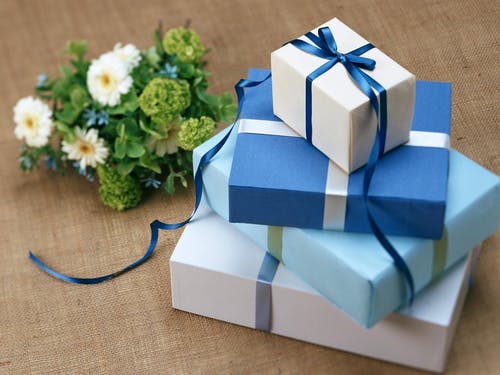The art of sealing letters and documents has been practiced for centuries, and one of the most traditional methods is using sealing wax.
Melting sealing wax beads creates a wax material that can be dripped onto a surface to form a seal, serving as proof of authenticity or ownership.
History of Sealing Wax
You can trace the history of sealing wax back to ancient civilizations, where it served as a symbol of power and authority.
In the medieval period, sealing wax became popular and was widely used to seal letters and documents.
With the advent of more advanced forms of communication, sealing wax declined, but it has recently gained popularity as a decorative and nostalgic item.
Types of Sealing Wax
There are many types of sealing wax, including traditional wax, flexible wax, and self-adhesive wax.
- Traditional wax
A blend of resin, oil, and pigment creates traditional sealing wax, the most traditional form of sealing wax.
- Flexible wax
You can easily mold a softer, more pliable type of flexible wax to create intricate designs.
- Self-adhesive wax
Self-adhesive wax is a modern sealing wax with a peel-and-stick backing that you can easily apply without heat.
Choosing the Right Wax for Your Project
When choosing sealing wax, it is important to consider the project you will use it for.
Flexible or traditional wax might be the best choice if you are using sealing wax for a decorative project.
If you are using sealing wax for a functional project, such as sealing an envelope, a self-adhesive wax might be the most convenient option.
Preparation and Equipment
Before starting your sealing wax project, gathering all of the necessary equipment, such as a heat source, wax melting spoon, and sealing stamp, is important.
It is also important to prepare your surface, ensuring it is clean and dry before applying the wax.
Melting and Applying the Wax
The process of melting and applying sealing wax is relatively straightforward. Still, it is important to follow a few guidelines to ensure that your final product is of the highest quality.
You should first heat the wax on a low heat source until it is melted. Next, use a wax-melting spoon to apply the melted wax to your surface. Finally, press your sealing stamp into the melted wax to create your design.
Sealing wax sticks with a wick makes melting the wax easy, as you can simply light the wick, and the wax will melt.
Use a wax sealing stamp to create your design in melted wax. Simply press the stamp into the wax, careful not to burn yourself or the stamp.
Adding Color and Decoration
You can easily color and decorate sealing wax to match the theme of your project.
Mix a small amount of pigment into the melted wax to add color.
To add additional decoration, you can use a sealing stamp or other decorative elements, such as glitter or beads.
Tips and Tricks
Here are a few tips and tricks to help you get the most out of your sealing wax project:
- Experiment with different wax types to find the one that works best for your project.
- Start with a small amount of wax to avoid wasting material.
- Store your unused wax in an airtight container to prevent it from drying.
- Use a sealant or varnish to protect your finished product from damage.
Conclusion
Sealing wax is a versatile and fun material used for various projects. Sealing wax is an excellent choice whether you are using it for a decorative purpose or to authenticate a document.
With preparation and the right equipment, anyone can create beautiful and unique seals with sealing wax beads. With options such as sealing wax sticks with a wick and a wax seal stamp, you have all the tools you need to create beautiful and unique seals with sealing wax.
Whether you are a seasoned pro or a beginner, the art of sealing with wax beads is a rewarding and satisfying experience. So, why not try it and see what beautiful creations you can come up with?



